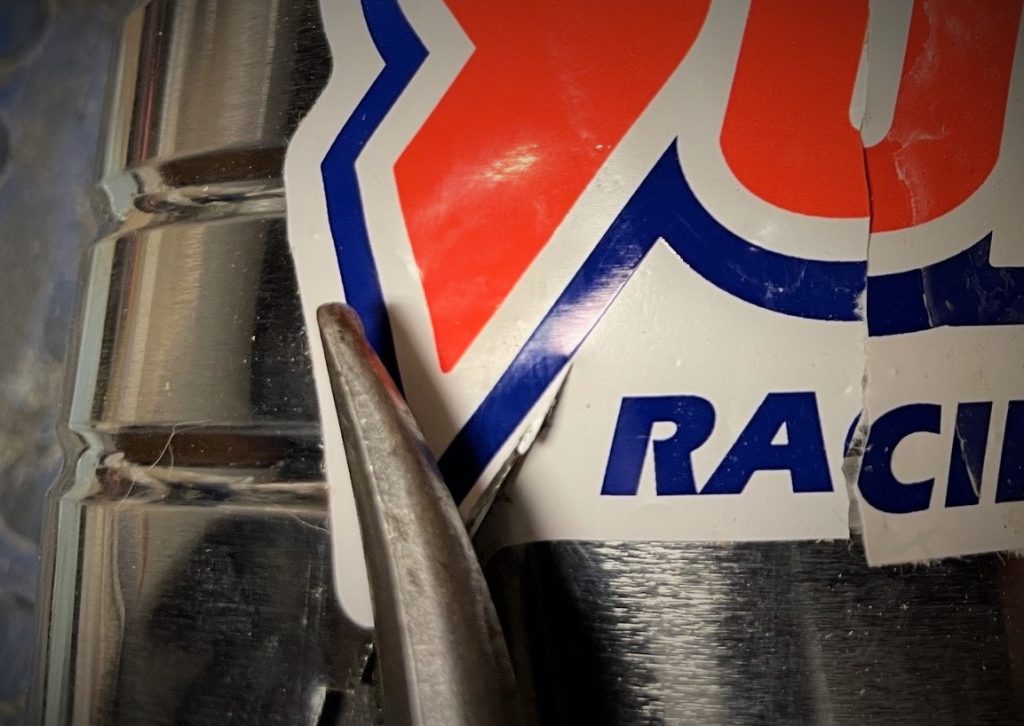Here’s another installment of our Tools Under 30 Dollars Gift Guide Series. These articles show you important, yet somewhat uncommon, tools that any gearhead would want.
Today, let’s talk about Tin Snips.
***

Tin snips often go by a handful of other names, like aviation snips, maille snips, metal shears, metal cutting scissors, and tinner snips. But whatever you want to call them, if you need to cut through thin sheet metal, they’re the best tool for the job.
Fun Fact: Tin snips were commonly used for cutting aluminum during the early days of the aviation industry—hence the nickname “aviation snips.”
Since they’re designed to make clean, straight cuts in thin metal like steel, aluminum, copper, and (duh) tin sheets, metal snips are invaluable tools for mechanics, machinists, crafters, and hobbyists alike. You can use them for a wide range of jobs, from making metal panels for your project car to trimming rain gutters down to size.

What to Look for When Buying Tin Snips
For starters, assess what kind of metal you’ll be cutting, and make sure the tin snips you’re looking at can be used for that particular gauge (aka thickness). The gauge of steel that a set of tin snips will safely cut can vary by manufacturer and specific tool model, so always double check.
It’s also worth noting here that thickness and gauge are not consistent between materials. In other words, a 22 gauge copper sheet is not the same thickness as a 22 gauge steel sheet. (A quality metal thickness gauge often comes in handy here.)
Regardless, there’s definitely a limit to what even a robust set of tin snips can handle—for instance, cutting steel much thicker than 16 gauge might be best left to something like a rotary cut-off tool.
Tip! When handling unfinished metal with sharp edges, you’ll always want to wear a good set of shop gloves.

You’ll also discover that many tin snips come in a righthand, lefthand, and center cut configuration.
Though any option will cut straight pretty well, straight cutting snips are obviously best at that particular job. When it comes to cutting curves, lefthand-oriented cutters are better at making round, clockwise turns and righthand cutters will make counter-clockwise cuts easier.
Aviation snips are often sold in sets of three for that very reason, so you’re ready to attack any metal cutting jobs that show up on your workbench.


Another thing to consider is hand fatigue. We’ve got an old set of metal shears that work great—yet they’ll quickly wear down your hand muscles. For more labor-intensive jobs, we reach for our new ones with comfy padded grips to reduce the strain on our paws.
And these more modern snips also feature serrated blades that help control the cutting action—which really comes in handy for making precision curves and other complex shapes.


***
Given how valuable these metal cutting tools are, they’re incredibly handy to have around the shop for a variety of jobs—which makes them great gifts to give and receive. But the best news? Tin snips are relatively cheap too. In fact, you shouldn’t have any trouble finding quality aviation snips for well under 30 bucks.

Comments